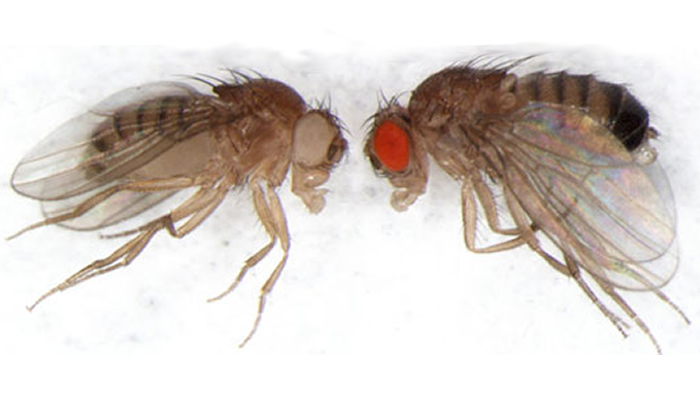Rochester Aging Research (RoAR) Center
The RoAR Center brings together investigators engaged in basic and translational aging research at the University of Rochester and surrounding geographical areas. The Center provides support for innovative and collaborative research into the mechanisms that promote longevity, extend life span and health span by modifying the aging process.
Research Areas
- Aging, Regeneration and Stem cells
- Studies of Naturally Long-Lived and Cancer-Resistant Animal Species
- Immune Responses and Vaccination in Older Adults
- Oxidative Stress in Aging and Disease
- Metabolism and Aging
- Alzheimer’s Disease and Related Dementias
Models
Models include: Mouse, naked mole rat, blind mole rat, drosophila, C. elegans, yeast, cell culture
Directors

Doris Johns Cherry Professor of Biology and Medicine
Dr. Gorbunova studies exceptionally
long-lived and cancer-proof animals,
such as naked mole rats, with the goal
of applying this knowledge to improve
human health.
vera.gorbunova@rochester.edu

Professor of Biology and Medicine
Dr. Seluanov's research focus is on understanding the mechanisms of longevity and cancer resistance.
(585) 275-6636
andrei.seluanov@rochester.edu





